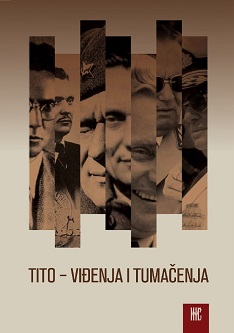Između avangarde i cenzure: Tito i umetnost šezdesetih
Between Avant-Garde and Censorship: Tito and the Art in 1960s
Author(s): Radina Vučetić
Subject(s): Fine Arts / Performing Arts, Cultural history, Political history, Post-War period (1950 - 1989), Sociology of Politics, Sociology of Art
Published by: Institut za noviju istoriju Srbije
Keywords: modernism; avant-garde; censorship; art in the SFRY; Yugoslavia; Tito; 1960s;
Summary/Abstract: Avant-gard on exhibitions, on theatrical stages, on cinema screens and in concert halls was one of the specific features of the art scene in socialist Yugoslavia. The cream of the world avant-gard started arriving in Yugoslavia already in the 1950s and Yugoslav artists started creating works in the spirit of modernism and avant-garde. The presence of avant-garde sent into the world an image of an extremely modern, liberal and free country in which the avantgarde became the mainstream, in a way. However, the presence of the avantgarde in Yugoslavia doesn't present the true picture of artistic life. Exactly the time when avant-garde was on the ascent in Yugoslavia, was the time of court bans and pressure on artists. Films were banned, criticized or disappeared from cinema repertoirs (The Town, The Return, The Trap, A Man from the Oak Forest, Morning...), and consorship hit theater too, where only in 1968/69 plays Hats Down, As Pumpkins Bloomed and The Second Door to the Left were taken off the repertoir. Similar pressure was visible in the case of the journals Književne novine or Student who suffered governemnt blows in the late 1960s. Openness for fredom of the form, but not openness for critical examination of reality were characteristics of artistic life in SFRY.
Book: Tito - Viđenja i tumačenja
- Page Range: 684-706
- Page Count: 23
- Publication Year: 2011
- Language: Serbian
- Content File-PDF

